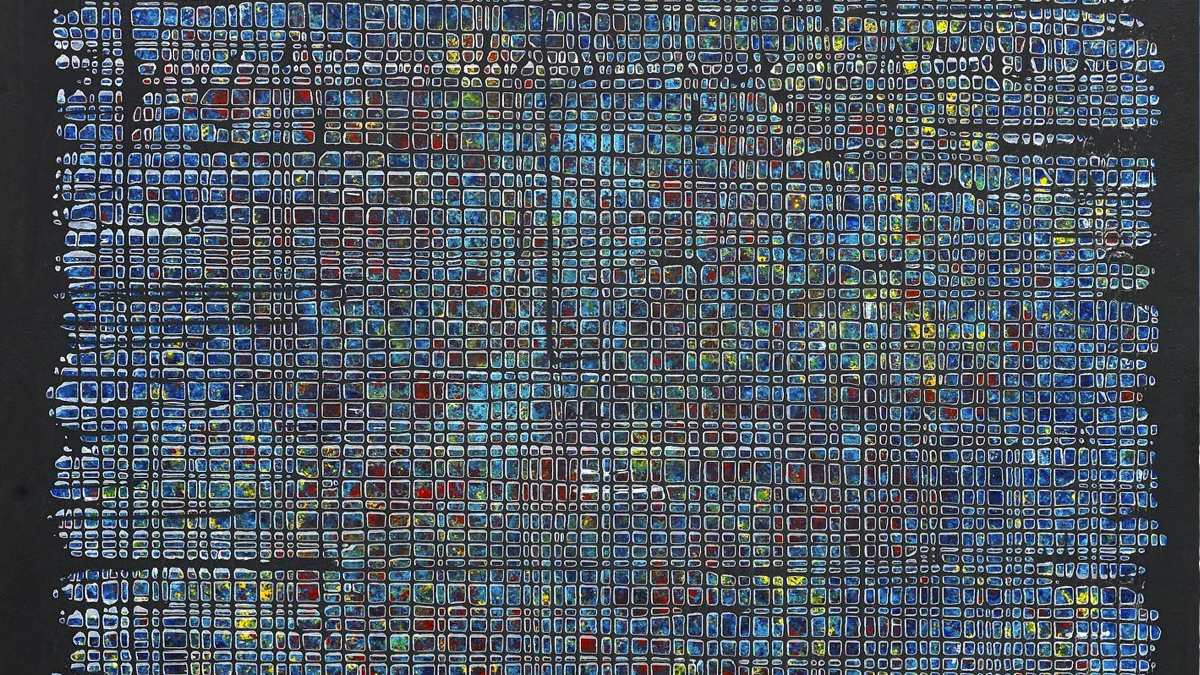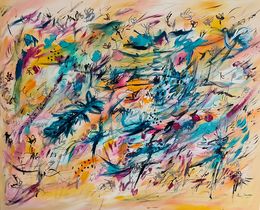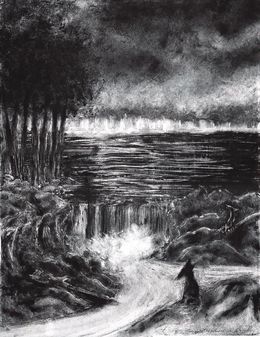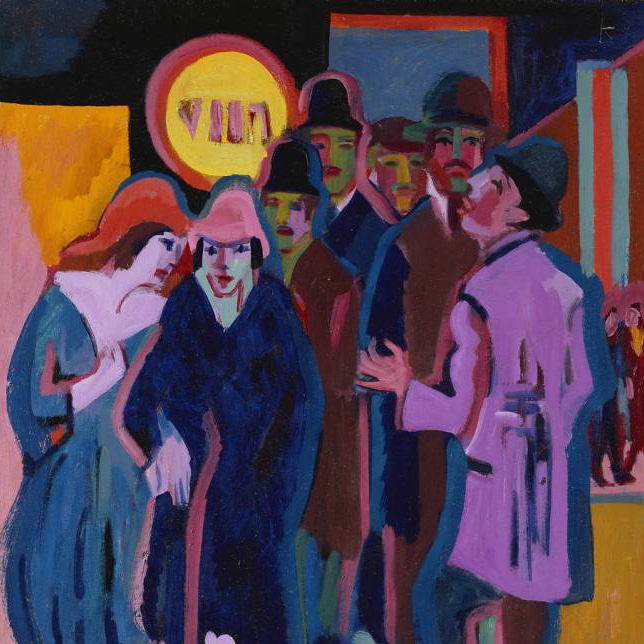
A Short Guide to Abstract Expressionism
The start of World War II in 1939 pushed many European artists into exile in the US. The surrealists came to New York bringing with them their expressive freedom, their pictorial identity and their theory of automatism. Future abstract expressionists such as Pollock and Rothko discovered their works at the MoMA. The New York School arose from the meeting of American painters looking for new approaches to painting with European surrealists exiled in New York. American painters also rediscovered Native American art and were influenced by lectures given by Swiss psychiatrist Carl Gustave Jung.
From these various sources they built an approach to representing the interior world. The America artists of the New York School had much in common: freedom of gesture, large formats, even similar processes for painting. Notable among them were Jackson Pollock, Mark Rothko, Clyfford Still, Barnett Newman, and Robert Motherwell.
There were two types of Abstract Expressionists: Action Painting as exemplified by Jackson Pollock, and Colorfield Painting represented by Mark Rothko.
Action Painting
Jackson Pollock was influenced by the theories of automatism developed by the European surrealists, by Native American art and Mexican mural painting, combining them to produce his own style of painting.
In 1947, Jackson Pollock began painting in a new style termed Action Painting. As described by art critic Harold Rosenberg, this concept includes both the technique and type of painting. Pollock abandoned the use of brushes, preferring to place the canvas on the floor and interact with it physically.
Rosenberg wrote in 1952 “American painters are beginning to consider the canvas as an arena”. The techniques for interacting with the canvas were varied: dripping the paint on the canvas, pouring the paint through a hole in a paint can, or the “all over” technique by which the canvas was completely covered with paint.
Convergence, 1952
In August 1949, Life titled an article “Is Pollock the greatest living American painter? “.
He was supported by Peggy Guggenheim, an American art patron, collector and gallery owner who organised a “Spring salon of young artists”, showing almost solely American painters. In 1946 she had a large collection of Pollock paintings. Franz Kline, Robert Motherwell, and Willem de Kooning were also figures in the Action Painting movement: when gesture is at the center of his approach, the artist is “in action”.


Colorfield Painting
The other tendency in abstract expressionism was Colorfield Paining. Defended by art critic Clement Greenberg, Colorfield Painting didn’t emphasize the gesture of the artist; instead it was color that created the painting. The representatives of this tendency were Mark Rothko, Barnett Newman and Clyfford Still. «The dark heat of the colors in the paintings of Newman, Rothko and Still blur the values and give the surface a new flatness which vibrates and breathes». Born at the same time as Action Painting, Colorfield Painting consists of colored surfaces. Mark Rothko developed a new manner of painting with blurred spaces. His formats were very large, oriented vertically and consisting of fields of color. Rothko’s paintings take the viewer into the canvas, ignoring what is around him to engage in a sort of spiritual meditation.


Clyfford Still and Barnett Newman were also proponents of Colorfield Painting. Each in their manner explored fields of color. Clyfford Still split up color, while Barnett Newman divided the painting into two spaces with the “zip” as seen in his series “Onement” in 1948.


In 1952, the MoMA exhibited Abstract Expressionism in The New American Painting, a show to support the New York School. The New York School included painting by gesture, Action Painting, and by color, Colorfield Painting. Clement Greenberg in 1964 also supported Post-Painterly Abstraction, a movement that emphasized abstraction. Representatives of this trend include Kenneth Noland, Jules Olitski and Morris Louis.
More Abstract Expressionism





About Artsper
Founded in 2013, Artsper is an online marketplace for contemporary art. Partnering with 1,800 professional art galleries around the world, it makes discovering and acquiring art accessible to all.
Learn more













